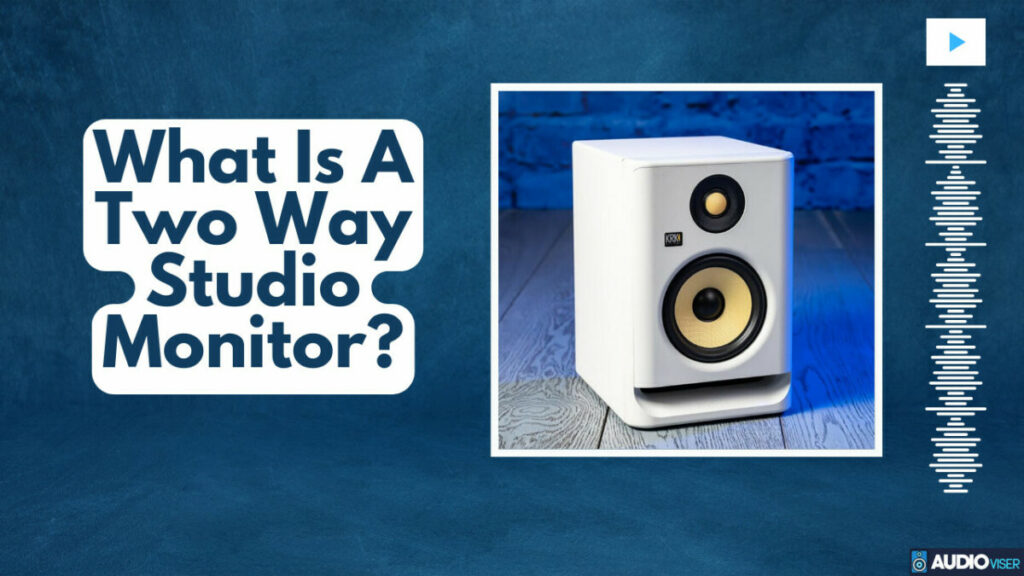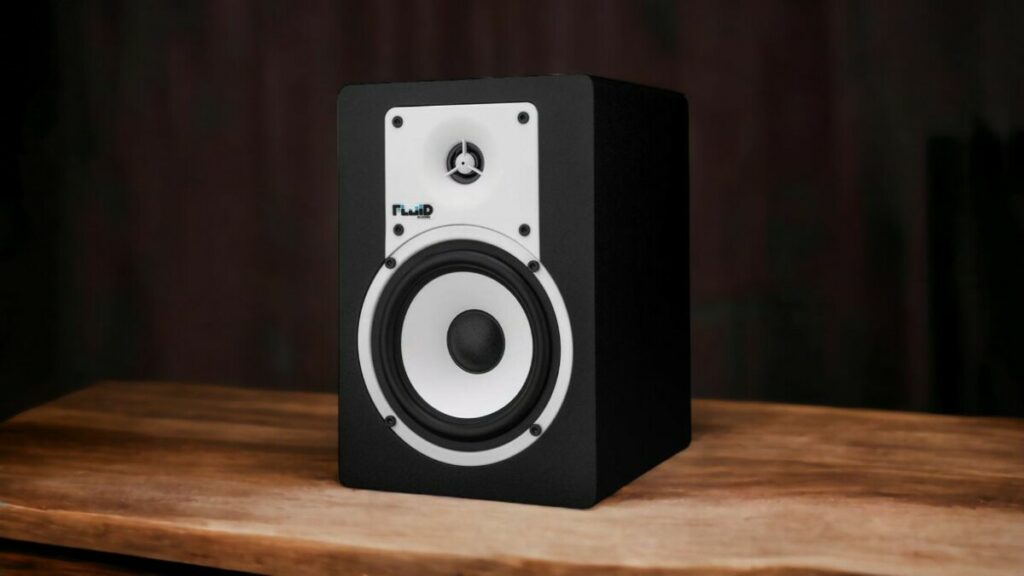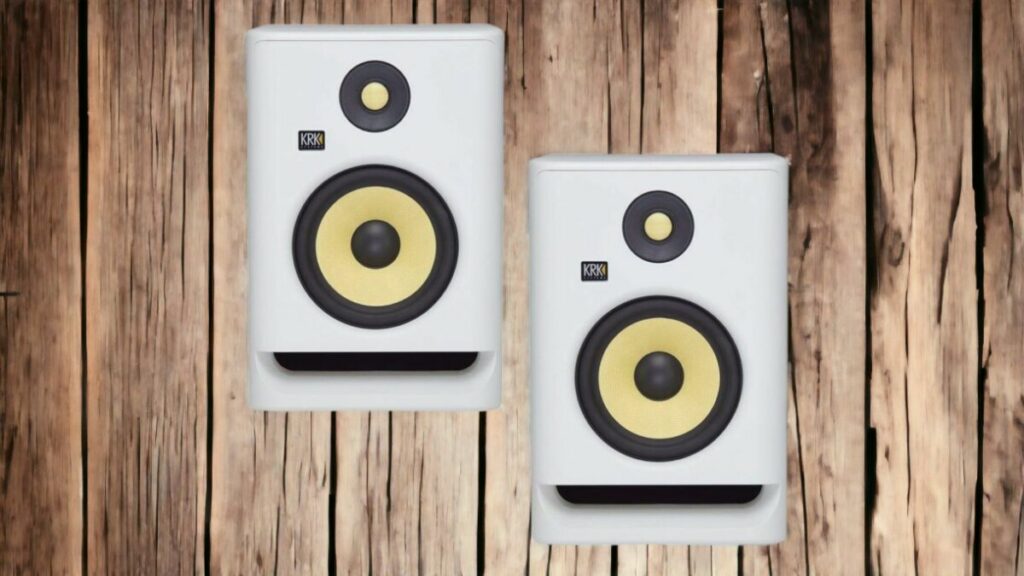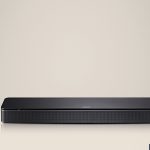Ever come across the saying, ‘Your tools define your craft‘? It’s super relevant in the world of audio production. Your ears, of course, are key, but your studio monitor is just as crucial.
Ever stumbled upon a two-way studio monitor? It’s a total game-changer. Let’s break down what sets it apart, how it can take your sound quality to the next level, and why you should never settle for anything less.
We’ll also stack it up against other speaker systems and hook you up with tips on picking the best one for your needs.
Two-Way Studio Monitors: Explained
A two-way studio monitor is pretty much a speaker splitting the audio signal into two parts – one for the low to mid frequencies directed to a woofer, and the other for high frequencies sent to a tweeter.
Upside
It’s got specific drivers tackling specific frequency ranges, which means it can whip up a much sharper and accurate audio compared to a jack-of-all-trades single driver handling the whole spectrum. Each driver is fine-tuned to smash its specific frequency range, leading to a spot-on sound reproduction.
Downside
The crossover point, where the audio signal gets divided between the woofer and tweeter, can sometimes be a bit of a party pooper, causing phase issues or a few unexpected hiccups in the sound. Plus, two-way monitors may not totally nail those super low or high frequencies as well as a three-way monitor, which has an extra squad member dedicated to the midrange frequencies.
The Significance of Two-Way Studio Monitors in Audio Production
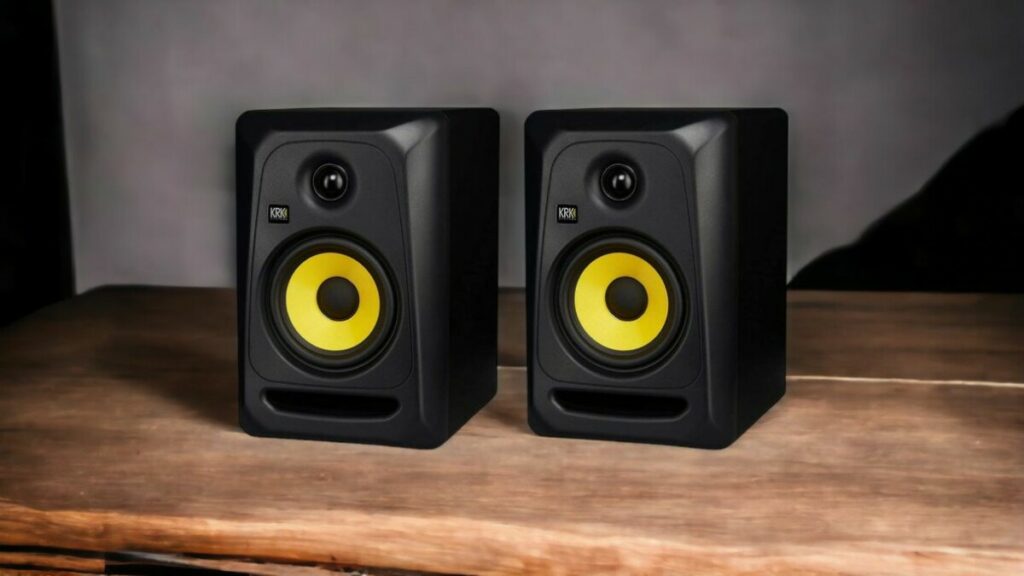
But it’s not only about what tech you’re using, it’s about how you’re using it. The way you set up your monitors is super important. Nail the right spot and you’ll create the perfect listening space. But get it wrong and you could end up messing with the phase and distorting the sound. That’s a total recipe for disaster when you’re trying to make fine-tuned mix decisions.
When you’re picking out a two-way studio monitor, think about where you’re gonna put it and how it’ll react with the frequencies to make sure you get the best sound possible.
Comparing Two-Way Studio Monitors With Other Speaker Systems
When you compare different speaker systems, you’ll notice that those with a specifically designed tweeter and woofer deliver a wider frequency response. This can be a total game-changer when you’re knee-deep in your audio production work. On a related note, if you’ve ever wondered about the latency issues in Bluetooth speakers and latency, it’s an interesting topic to explore.
Now, let’s chat about the whole “Two-way monitors versus three-way monitors” debate. Here’s the rundown:
- Two-way monitors pack a woofer for those low frequencies and a tweeter for the higher ones. These guys are straightforward and typically won’t break the bank.
- One downside though is that room acoustics can mess with two-way monitors big time. They can struggle to deliver in larger spaces or in rooms where the acoustics are a bit of a drag.
- Three-way monitors step it up a notch by adding a midrange driver, delivering sound that’s more detailed.
- They might hit your wallet a bit harder, but they tend to shine in rooms where two-way monitors fall flat.
But hey, the perfect pick really boils down to your specific needs and the environment you’re working in. So, take a beat and figure out what works best for you. And while on the topic of speaker systems, did you know that some Bluetooth speakers come with FM radio? That’s a neat feature for those looking for a bit more versatility.
Are Passive Studio Monitors Better Than Two-Way Studio Monitors?
When it comes to precision in sound, passive studio monitors can be a real game-changer for audio pros. Unlike two-way studio monitors, passive monitors, with their unique design, are all about stellar clarity and dead-on accuracy.
They’re built with components crafted with care and come with their own dedicated amps. They shine when it comes to pumping out a flat frequency response. That means as you listen, there’s no bias – you hear sounds the way they’re meant to be.
So, whether you’re blending audio or busting out some tracks, the spot-on sound reproduction from passive studio monitors can boost productivity and ensure you’re hearing a true sonic representation. It’s like a backstage pass to your music.
Tips for Choosing and Using a Two-Way Studio Monitor
When you’re on the hunt for a new speaker system, there are a couple of top things you gotta keep in mind.
First up: your budget. Sure, there are some really top-tier two-way studio monitors out there that can cost a pretty penny, but don’t let that freak you out. You can still find some really decent options that won’t break the bank and will still give you some killer sound. It’s all about striking the right balance between how much you’re willing to spend and what kind of quality you’re aiming for.
Now, where you place your monitors is just as important as the monitors themselves. I’m telling you, the location of your speakers can totally change the game when it comes to the sound you’re hearing. To get the best out of your acoustics, try positioning your speakers and your listening spot in the shape of an equilateral triangle. And try to keep your monitors a good distance from the walls to avoid any unnecessary echoes. It’s all about making those audio theories work for you, and trust me, it can make a world of difference in your audio experience.
Audio Engineer
You’ll never find anyone more passionate about audio as me. I love to share my knowledge with others and help people find the right equipment for them.

